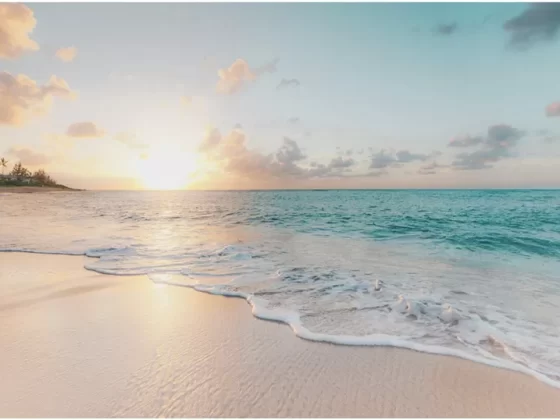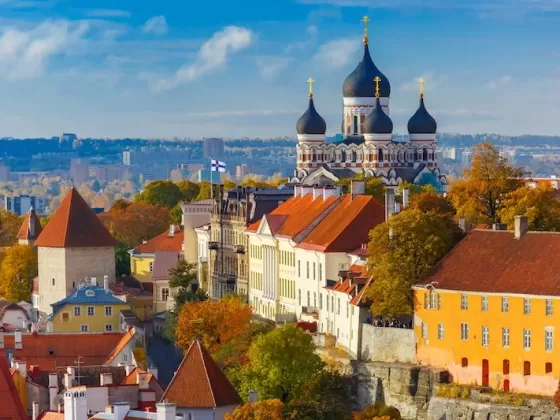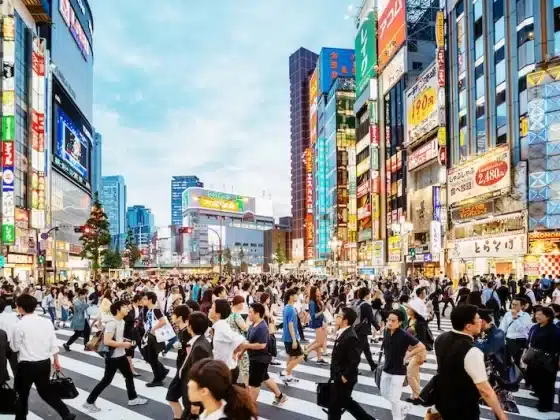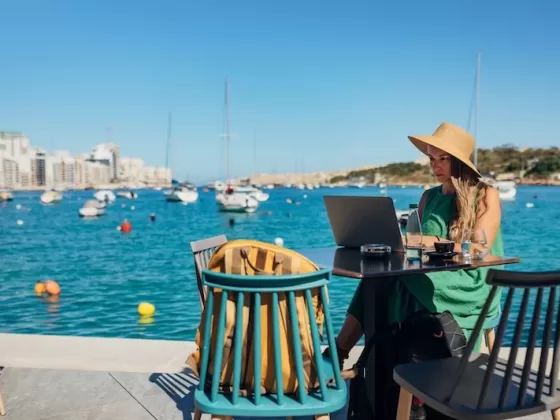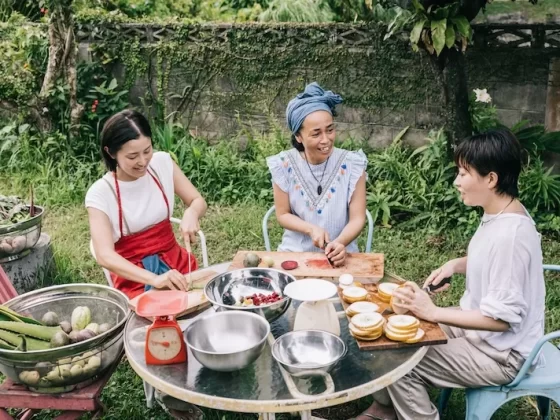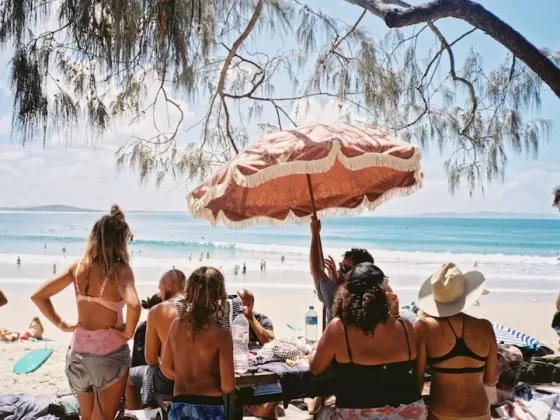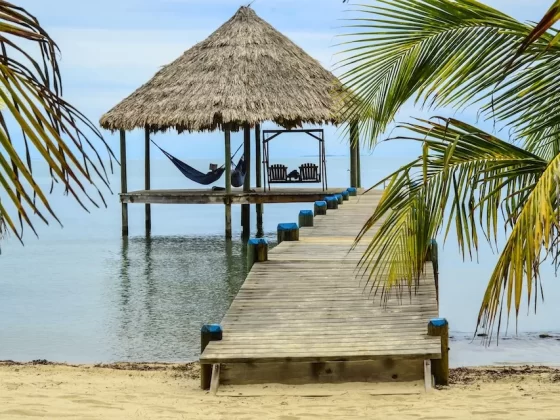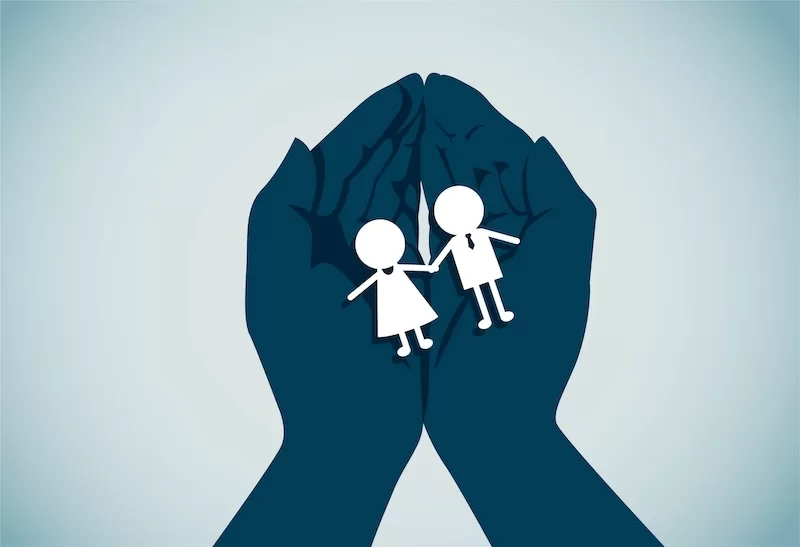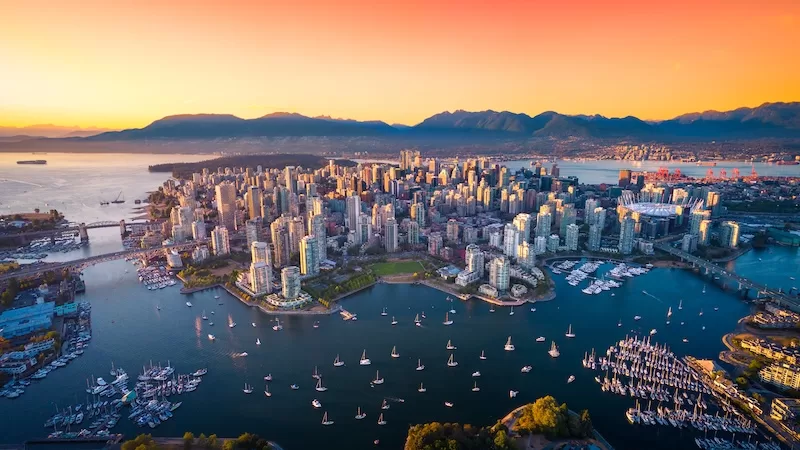When people hear the word Somalia, they think pirates, warlords, and terrorism. These are, unfortunately, issues which have plagued the country for decades and lent it a bad reputation. It would be easy to imagine that an unrecognized breakaway state in the north of the country is also synonymous with all of these things and worse—but quite the opposite is true.
Somaliland is a democratic country that broke away from Somalia in 1991 and has been relatively stable ever since. Yet, it has still not received international recognition. It also falls into a unique list of countries such as Liberland, where they are trying to operate without officially existing. However, the difference with Somaliland is that it is very much functioning and could potentially become internationally recognized in the next number of years.
But how did this nation emerge, and how has it kept itself so stable despite being surrounded by war-torn countries?
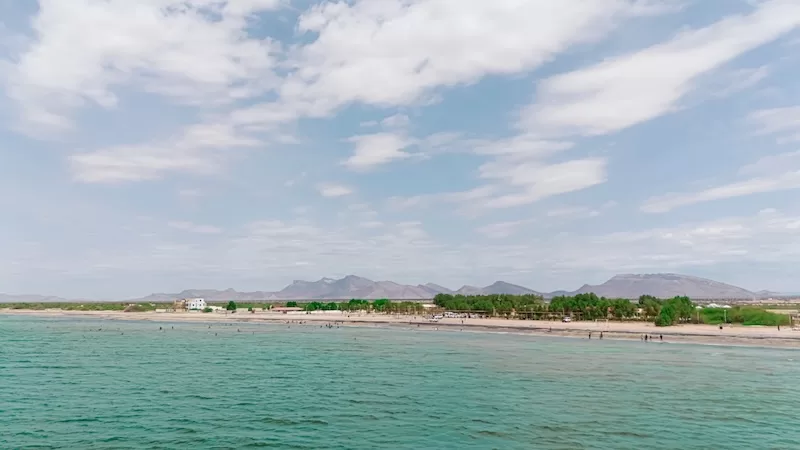
History’s Echo
During the period known as the “Scramble for Africa”, when European colonists raced to claim every corner of the African continent, Great Britain laid claim to the area now known as Somaliland in the late 1800s, while the Italians took the neighboring Somalia. In 1960, British Somaliland was given its independence—which only lasted five days. Somaliland voluntarily agreed to unite with Somalia to form the Republic of Somalia.
For the next three decades, the Somali government, led by dictator Siad Barre, ruled the entire region. Many in the north of the country felt they were being marginalized and ignored by the regime. Conflict broke out in 1981 and The Somali National Movement (SNM) was formed to fight for Somaliland’s independence. The conflict claimed an extraordinary number of lives with estimates varying widely from 50,000-100,000. The dictatorship in Somalia eventually collapsed in 1991 and the SNM used this as a chance to declare Somaliland’s independence. A constitution was drafted over the next decade, which was approved by a public referendum in 2001. Somalia never recognized the breakaway region and has always remained too militarily weak to do anything about it.
Read more like this: All of Africa
Somaliland functioned as an entirely separate state that has remained unrecognized by the entire international community. The African Union (AU) has been worried that international recognition of Somaliland could encourage other separatist movements across Africa, which could lead to more violent conflicts. There are currently several separatist-related conflicts taking place on the African continent and the AU is desperate to avoid any more.
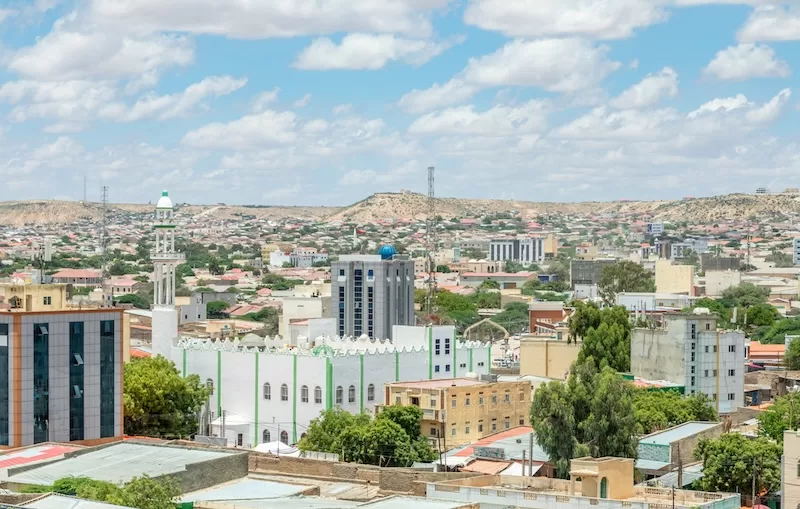
Stability in Chaos
Somaliland has built a stable democracy despite the challenges which come with a lack of international recognition. Since 2003, Somaliland has held many peaceful elections which have been observed by international organizations who commended them as being free and fair. Somaliland has even transferred power between opposition parties on numerous occasions, which can be uncommon in that part of Africa. The 2024 Somaliland elections were one of just five peaceful transitions of power in Africa that year.
The country has been spared some of the issues which have plagued neighboring Somalia such as the Islamic insurgency of Al-Shabaab, a group believed to be responsible for 99% of terrorism-related incidents in Somalia. The police force in Somaliland is also well functioning and crime rates are relatively low. The last terrorist attack in Somaliland occurred in 2008, which was carried out by Al-Shabaab and was the first—and so far only—time they have targeted Somaliland.
Read more like this: How to get a Second Residency for Citizens of South Africa
Much of Somaliland’s reputation as a safe country can be attributed to a sense of national pride. Most Somalilanders belong to the Isaaq clan. Somaliland is also the most ethnically homogenous country in Africa, which has helped to create a deep sense of national pride and fostered more cooperation and nation-building. Much of the conflicts in neighboring countries such as Ethiopia, Djibouti, and Somalia are due to different tribal groups and clans falling under the same European-made borders and not being able to cooperate due to cultural or historical differences.
Somaliland’s lack of international recognition severely limits foreign investment and certain support grants from international organizations like the United Nations. This has created a weak economy based almost entirely on livestock exports and money sent back to Somaliland families by the diaspora. The hardships endured by the people of Somaliland make it even more astounding that the country has retained such stability over the last 34 years.
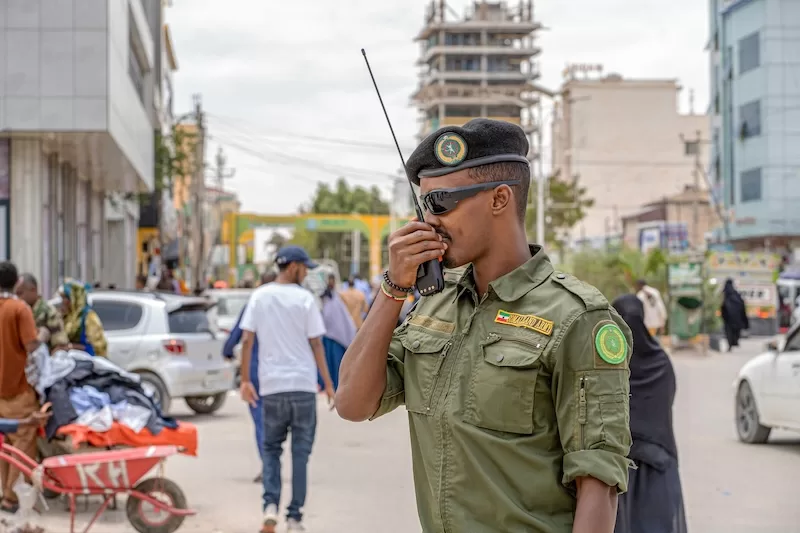
A Culture of Poetry
Somaliland remains a traditional society. It is governed by Islamic traditions and is very patriarchal. Almost everyone wears traditional Islamic clothing and women are expected to wear hijabs in public. Many of the country’s 6.2 million people still travel on camelback. The culture in Somaliland is ancient. This includes Somaliland playing host to notable sites such as Las Geel, a series of caves which feature some of the best preserved ancient rock art in the world, dating back more than 5,000 years.
Beyond this visual art, Somaliland has a strong oral and poetic tradition and is often referred to as the “nation of poets,” and they hold the ancient tradition of “Gabay” in high regard. This is an old poetry tradition which incorporates storytelling and social commentary.
Mohamed Ibrahim Warsame was one of Somaliland’s most famous poets. He wrote in the Somali language, but his work has since been translated into many more. On a visit to Somaliland, it is not uncommon to see public poetry contests being held. Poetry is not considered to exist just in the realm of the avant-garde or niche communities, as it is in much of the rest of the world. In Somaliland, it is a part of everyday life.
This love for poetry is also intertwined with Somalilanders’ love for Khat—another inescapable part of daily Somaliland life. Khat is a leaf that is chewed on and has often been compared to having the effects of strong caffeine or even weak cocaine. It is chewed socially and is believed to enhance conversation, debate, and storytelling—the perfect recipe for building a nation of poets. Khat is easily purchased on the street and is a national pastime.
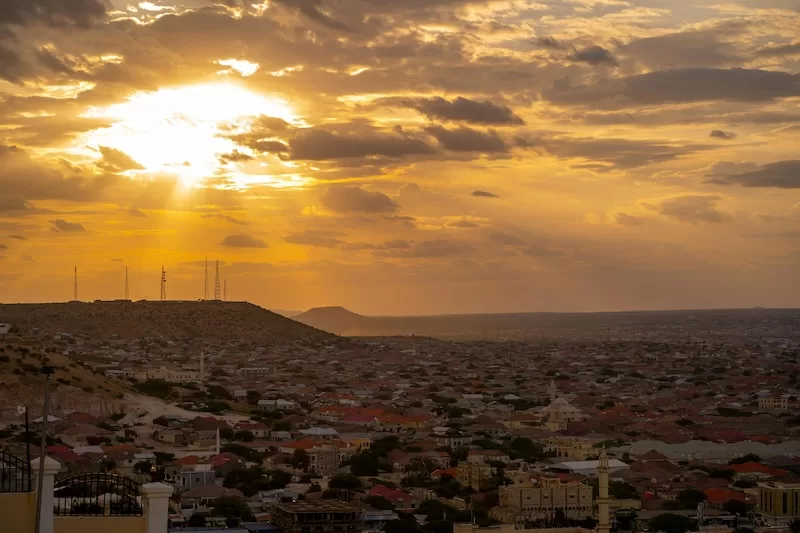
Borders & Barriers
Somaliland is one of the safest places in the Horn of Africa. The crime rates are low, and they have zero active insurgencies, which is a huge contrast to Somalia, where attacks are frequent. In Somaliland, there are almost no reports of kidnappings or violent crimes committed against foreigners. Travelers to Somaliland are often assigned a police escort when they arrive, usually just as a precautionary measure. Even given all that, most Western governments advise against travel to Somaliland, largely because of how close the land is to Ethiopia and Somalia.
To enter Somaliland, you need a Somaliland visa. As it functions as an entirely different state than Somalia. You cannot use a Somali visa to enter. Somaliland also has no international embassies due to not being recognized internationally, but it does have foreign mission offices in some cities, where a visa can be obtained. Its biggest foreign offices are Addis Ababa, London, and Dubai. Visas can also be bought on arrival at the country’s main airport in Hargeisa. Though this would include a longer waiting time.
Somaliland’s capital, Hargeisa, has an international airport with direct flights to major cities such as Nairobi and Dubai. There is currently no way for tourists to enter Somaliland from Somalia. The land border between the two nations is closed to foreigners and there are no direct flights between the two, however, the land border between Somaliland and Ethiopia is open.
In addition to Las Geel,Somaliland has some interesting tourist attractions that might make it a popular tourist destination were it not for its precarious national situation, such as Laas Geel, which was only discovered in 2002, and the Hargeisa war memorial, which commemorates Somaliland’s battle for independence.
The two main cities are Hargeisa and Berbera. Hargeisa is the country’s capital and is famous for its large central camel market and many monuments dedicated to Somaliland’s independence as well as the nation’s parliament building. The port city of Berbera is home to some very old and well-preserved Ottoman-era buildings.
Many people go hiking in the Sheikh mountains or visit the coastline, which has some of the most pristine and untouched beaches in Africa. And no, there are no pirates in the waters around Somaliland.
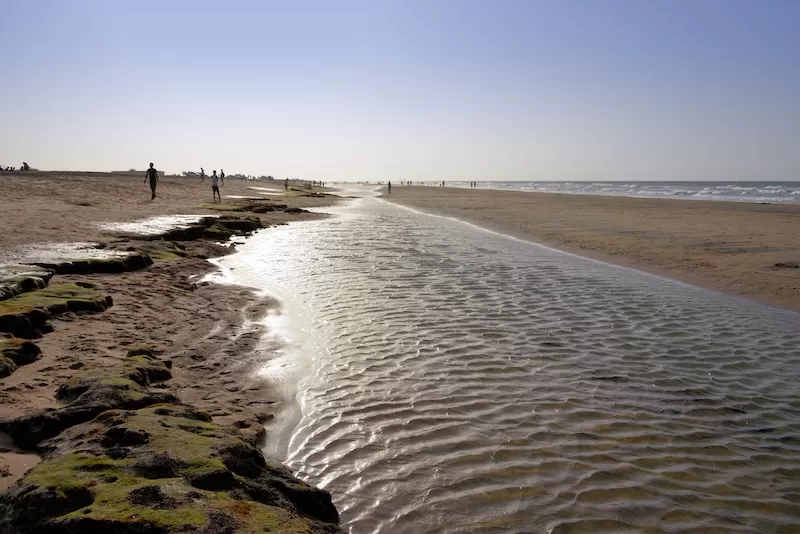
The Recognition Dilemma
Somaliland has shown solidarity towards other non-recognised states such as South Ossetia and Liberland despite such a position potentially alienating them further from the international community.
Although it has been a functioning, independent country for over 30 years, Somaliland remains officially unrecognized by the global community, which has severely limited its growth opportunities.
But Somaliland continues to forge unofficial diplomatic ties with countries such as the UK and Ethiopia. As Somalia’s stability worsens, there is hope that Somaliland will achieve recognition if it continues being a haven of safety, democracy, and peace in an otherwise conflict-riddled region. In the 2024 Somaliland general elections, a major speaking point for all candidates was a promise to work harder to gain international recognition.
And so, Somaliland will remain in a state of limbo for now. Despite it being a peaceful and stable democratic nation, it technically does not exist. Instead, it remains a land rich in history and culture, and being unrecognized only adds to its unique charm for travelers.
Whilst its much wealthier, internationally recognized neighbors of Ethiopia and Somalia remain in states of conflict and turmoil, the question will remain – how long can the world ignore Somaliland’s success story?
————————
Ethan Rooney is an Irish journalist covering global communities, culture, and niche movements. You can find more of his work here.

